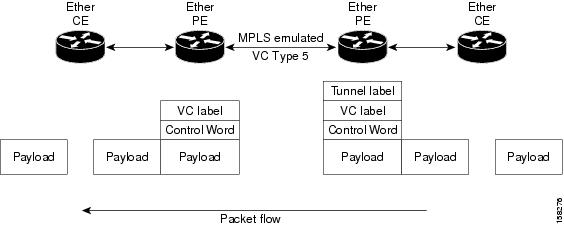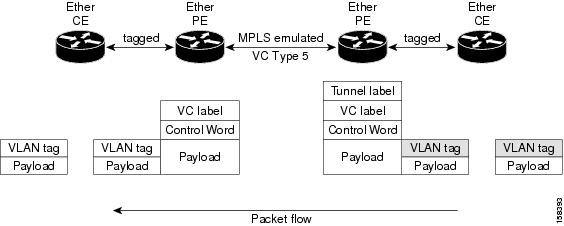Prerequisites for Implementing Point to Point Layer 2 Services
You must be in a user group associated with a task group that includes the proper task IDs. The command reference guides include the task IDs required for each command.
If you suspect user group assignment is preventing you from using a command, contact your AAA administrator for assistance.






 Feedback
Feedback